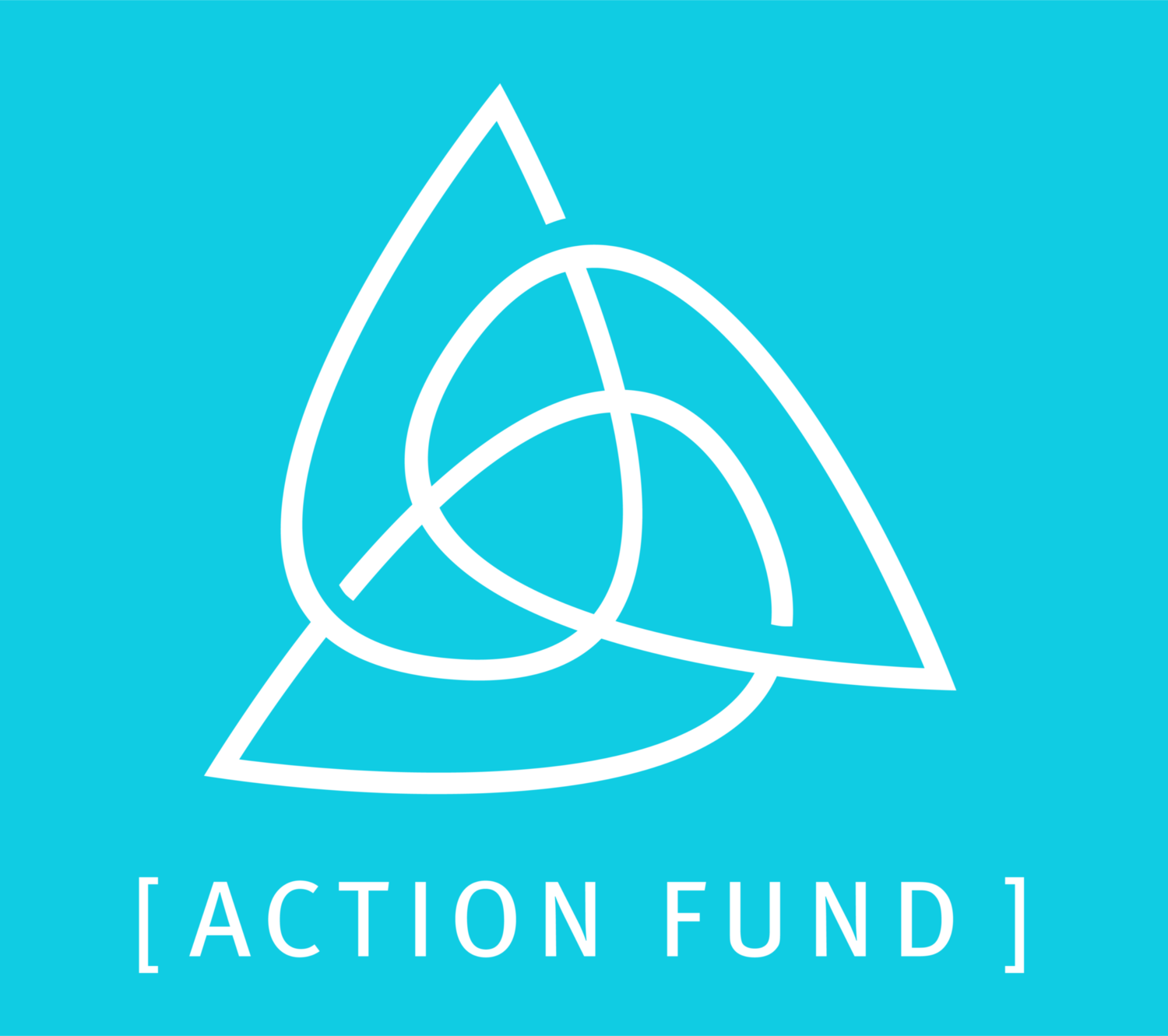Melanie Houston, Director of Climate Programs
On January 17, the Ohio House passed a bill (HB 225) to better protect Ohioans and their natural environment from the risks of abandoned oil and gas wells. There was unanimous support in the house for this bill which was sponsored by Rep. Andy Thompson, a republican from Marietta, Ohio.
Orphaned wells are improperly abandoned oil or gas wells that are no longer in production. They are often several decades old. Most were drilled before Ohio adopted its first oil and gas well regulations in the 1960s.
Orphan wells pose a hazard to the environment and to human health and safety. Until they are located and properly plugged, they are pathways to pollution. Risks include fire, overflow of oil or brine into ecologically sensitive areas like streams, and groundwater contamination. Orphan wells have been found under buildings, houses and streets, and even in lawns and recreation areas in both rural and urban areas.
In 1977, ODNR established an Orphan Well Program to plug improperly abandoned oil and gas wells. Funded by a portion of the state tax on oil and gas production, Ohio’s program has already plugged more than two thousand wells across the state. Still, there are thousands of undiscovered orphan wells dotting Ohio's landscape and a long list of some 700 wells waiting to be plugged.
At the Ohio Environmental Council Action Fund, we have had a had a long-standing position of supporting a robust and well-functioning orphan well program in the Division of Oil and Gas at the Ohio Department of Natural Resources (ODNR). We commend Representative Andy Thompson (R-Marietta) and cosponsors for a bill that streamlines and improves the orphan well plugging program.
HB 225 will make considerable progress in expediting ODNR’s process of plugging abandoned and orphaned wells all across Ohio. The bill aims to do this by streamlining much of the historical title and landowner research that the agency must conduct and by giving the Chief of Oil and Gas more discretion to act. For example, the bill eliminates the requirement that the Chief of Oil and Gas must review records that are older than 40 years from the point at which the well was determined orphaned and allows plugging to move forward when owners of the well equipment cannot be found.
ODNR estimates that under this new bill, they will be able to plug some 80 wells in FY 2018, and they report that the program should speed up after this date because the most severe wells will be tackled first.
This bill will better protect communities by requiring contractors hired by a landowner to be bonded and insured. In addition, the bill will help residents dealing with abandoned wells on their private property by allowing the Chief of Oil and Gas to directly pay the contractor plugging the well instead of reimbursing the landowner after the resident covers the costs out of his or her own pocket.
The bill also makes the orphan well plugging program accountable to the General Assembly by requiring ODNR Division of Oil and Gas to report annually to the Ohio General Assembly and the Technical Advisory Council on Oil and Gas on a variety of metrics which demonstrate progress toward locating, plugging, and funding abandoned and orphaned oil and gas wells.
The funding mechanism within HB 225 calls for an increased funding level from 14% to 45% of the total oil and gas program budget. Governor Kasich, through testimony provided by Ohio OBM Director Tim Keen, has raised concerns over this increase. A 14% funding level is currently equal to approximately $6 million, and the program has historically struggled to spend even $300,000 a year. To the Governor’s credit, changes made at the agency level will, for the first time, allow the agency to meet this 14% threshold of spending by plugging an estimated 80 to 100 wells in FY 2018. A 45% funding level would be a significant increase in funding for the orphan well program-- at least tripling the spending requirement-- and it is unlikely that ODNR will be able to meet this spending goal, especially in the first year after the bill is passed. The most significant limiting factor in achieving the new funding level is the fact that there are only currently 6 to 8 active orphan well plugging contractors in Ohio (out of a total list of 32 pre-approved contractors).
The cost range for plugging orphan wells can range substantially depending on the complexity of the well and the type of equipment that needs to be used. The riskiest wells are the most expensive to plug.
HB 225 gives ODNR’s Chief of Oil and Gas clear guidance and a newfound ability to expedite the plugging of hazardous abandoned and orphaned wells throughout Ohio. It is for this reason that we support the measure. While a funding level debate will likely continue in the Senate, we hope to see the issue resolved and the same level of bipartisan support for the policy direction of the bill in the Ohio Senate as we have seen in the Ohio House.

